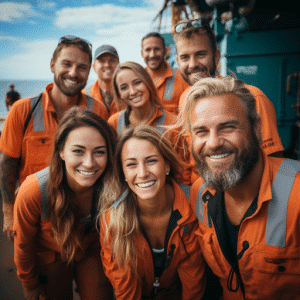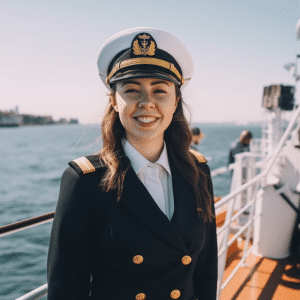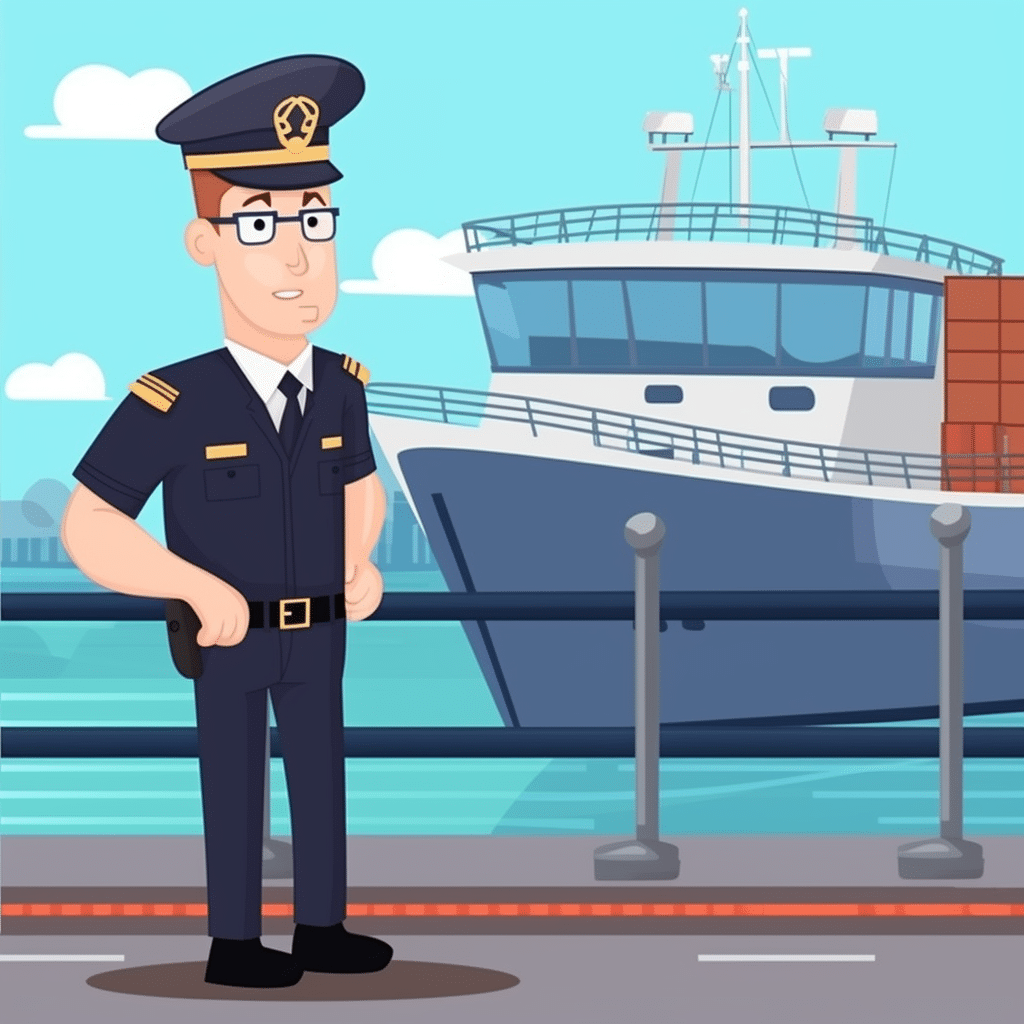Introduction to Offshore Energy
Offshore energy harnesses the power of the ocean to generate electricity, tapping into an abundant, renewable resource that has the potential to significantly contribute to global electricity needs. This energy comes from various sources including wind, wave, tidal, and even solar power installed off the coast. With advancements in technology, offshore energy projects are becoming more feasible, promising a cleaner, more sustainable future for global energy production.
Types of Offshore Energy
Offshore Wind
Offshore wind energy involves the installation of wind turbines in shallow waters near coastlines, where wind speeds are higher and more consistent than on land. The greater efficiency of offshore wind turbines can generate substantial amounts of electricity, contributing to national grids and reducing the reliance on fossil fuels.
Wave and Tidal Energy
Wave energy converts the energy of surface ocean waves into electricity, while tidal energy harnesses the gravitational pull of the moon and sun, which affects the Earth’s tides. Both technologies are in the earlier stages of development compared to offshore wind but demonstrate promise due to the immense, untapped potential of the ocean’s kinetic energy.
Offshore Solar Panels
Similar to land-based solar farms, offshore solar panels capture sunlight to generate electricity. These panels are either mounted on floating structures or connected directly to the seabed. Offshore solar is a relatively new concept, but its potential is significant, especially in areas with limited land space for large-scale solar installations.
Challenges and Considerations
Despite its potential, offshore energy faces several challenges. The upfront costs are significant, primarily due to the harsh marine environment, which demands durable, weather-resistant materials and technologies. Moreover, the installation, maintenance, and connection to onshore power grids pose logistical and engineering challenges.
Environmental impact is also a concern for offshore energy projects. The construction and operation of installations can affect marine ecosystems, fish populations, and bird migration patterns. However, with careful planning and monitoring, these impacts can be minimized, making offshore energy a more sustainable option than fossil fuels.
Future Prospects of Offshore Energy
The future of offshore energy looks promising, with ongoing technological advancements reducing costs and improving efficiency. According to the International Energy Agency, offshore wind alone could become a $1 trillion industry by 2040. Governments and companies around the world are increasingly investing in offshore energy projects, recognizing their potential to meet future energy demands while reducing carbon emissions.
Collaboration across borders on technological development and shared investments in infrastructure could further enhance the viability and efficiency of offshore energy. As the global community continues to seek sustainable solutions to climate change, offshore energy stands out as a potentially major contributor to the transition toward a cleaner, more resilient energy system.
In conclusion, exploring offshore energy is more than a venture into new power sources; it’s a step towards harnessing the untapped potential of our oceans for a sustainable and renewable energy future. As technology progresses and the world moves closer to embracing green energy, offshore energy could play a pivotal role in powering our planet while preserving its resources for generations to come.









